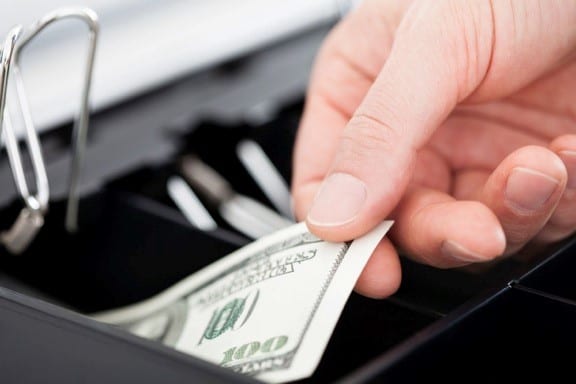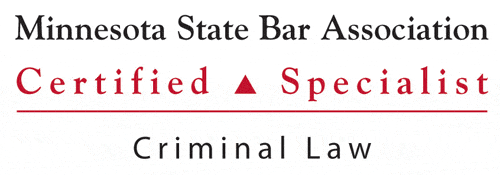
You probably know that misdemeanors are less serious than felonies. And that (not surprisingly) felonies tend to come with more severe penalties. So it would stand to reason that there would be a pretty big difference in what someone does to get charged with a misdemeanor versus a felony.
In most cases this is true – but not always. Many crimes can be charged as either a misdemeanor or felony offense, and for some crimes the line between the two charges can be incredibly thin. One of these crimes is theft.
Let’s take a look at the differences.
Misdemeanor Theft in Minnesota
In our state, misdemeanor theft is usually associated with shoplifting charges. Shoplifting is the act of taking items from a retail location with the intention of permanently depriving the location of that property.
Individuals can also be charged with shoplifting by disguising or falsely representing the retail items. For example, if you switch the tags on an item to make it look like it costs less money, and then buy the item for the lower price, you can be charged with shoplifting.
Even shoplifting one or two small items can result in jail time. Misdemeanors are typically classified as crimes that warrant up to a year in jail. Shoplifting less than $500 is a misdemeanor crime that can result in fines of up to $1,000 and 90 days in jail. Shoplifting between $500 and $1,000 is a gross misdemeanor. This is a slightly more severe charge that can result in fines of up to $3,000 and up to a year in jail.
Felony Theft in Minnesota

So how does someone get charged with felony theft in our state?
If a misdemeanor or gross misdemeanor crime also involves the alleged offender causing (or creating a risk of) bodily harm to another person, the charge will be elevated to a felony.
Charges can also be bumped up to felonies if the defendant has been convicted of a theft crime in the past 5 years. If someone was found guilty of shoplifting between $500 and $1,000 and has a recent history of theft, the charge becomes a felony offense. The fines are bumped up to $10,000, and jail sentences are increased to potentially five years.
If the individual allegedly shoplifted over $1,000, the penalties will be the same as the ones listed above.
If the theft involves over $5,000, the penalties spike even higher: you may face fines of up to $20,000 and 10 years in prison. These penalties will also apply for individuals who have stolen explosives or controlled substances. For the theft of items over $35,000, you may face fines of up to $100,000 and up to 20 years in prison.
Theft by Swindle
But theft does not just occur in retail locations. There is also a crime in Minnesota called “theft by swindle.” While this crime sounds lighthearted – even a bit goofy – it is a serious offense.
“Swindle” refers to the act of tricking or fooling another person or organization out of money or property, and it covers most other theft charges in Minnesota. This could be done at a retail location, but can also occur at your place of employment, on the street, or pretty much anywhere in the state of Minnesota.
Let’s look at one example. Last December, a woman in West St. Paul was charged with theft by swindle while she was employed at Anchor Bank. After a customer had realized there were huge sums of money missing from his account, an investigation began on the woman and she was fired from her position. She had stolen over $600,000 in order to go gambling at casinos.
In many cases, theft by swindle is similar to embezzlement charges. Incidents of identity theft may also be considered theft by swindle if the offense does not include any federal organizations or cross state lines.
Theft by swindle is a felony offense. The penalties and consequences will be determined by how much money or property was swindled.
Defenses to Theft-Related Charges

We have written before about various defense strategies you can use to battle shoplifting charges. Versions of many of these strategies can be used for theft charges across the board.
The best way to defend against any theft or white collar charge is to get in contact with an experienced Minnesota theft lawyer. Whether you are fighting for a mitigated sentence or for your charges to be dropped completely, a skilled defense attorney will be able to help you build a strong case and increase the likelihood that you will receive a positive outcome.
About the Author:
Christopher Keyser is a Minneapolis-based criminal and DWI defense attorney known for fighting aggressively for his clients and utilizing innovative tactics to get the most positive results. He has been featured in numerous media outlets due to the breadth and depth of his knowledge, and recognized as a Minnesota Super Lawyers Rising Star (2014–2016), a Top 100 Trial Lawyer (2013–2016), and a Top 40 Under 40 Attorney (2013–2016).





